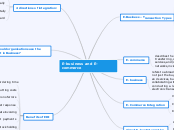jonka ahmed mohammed 8 vuotta sitten
594
Information-oriented Application Integration

jonka ahmed mohammed 8 vuotta sitten
594

Lisää tämän kaltaisia